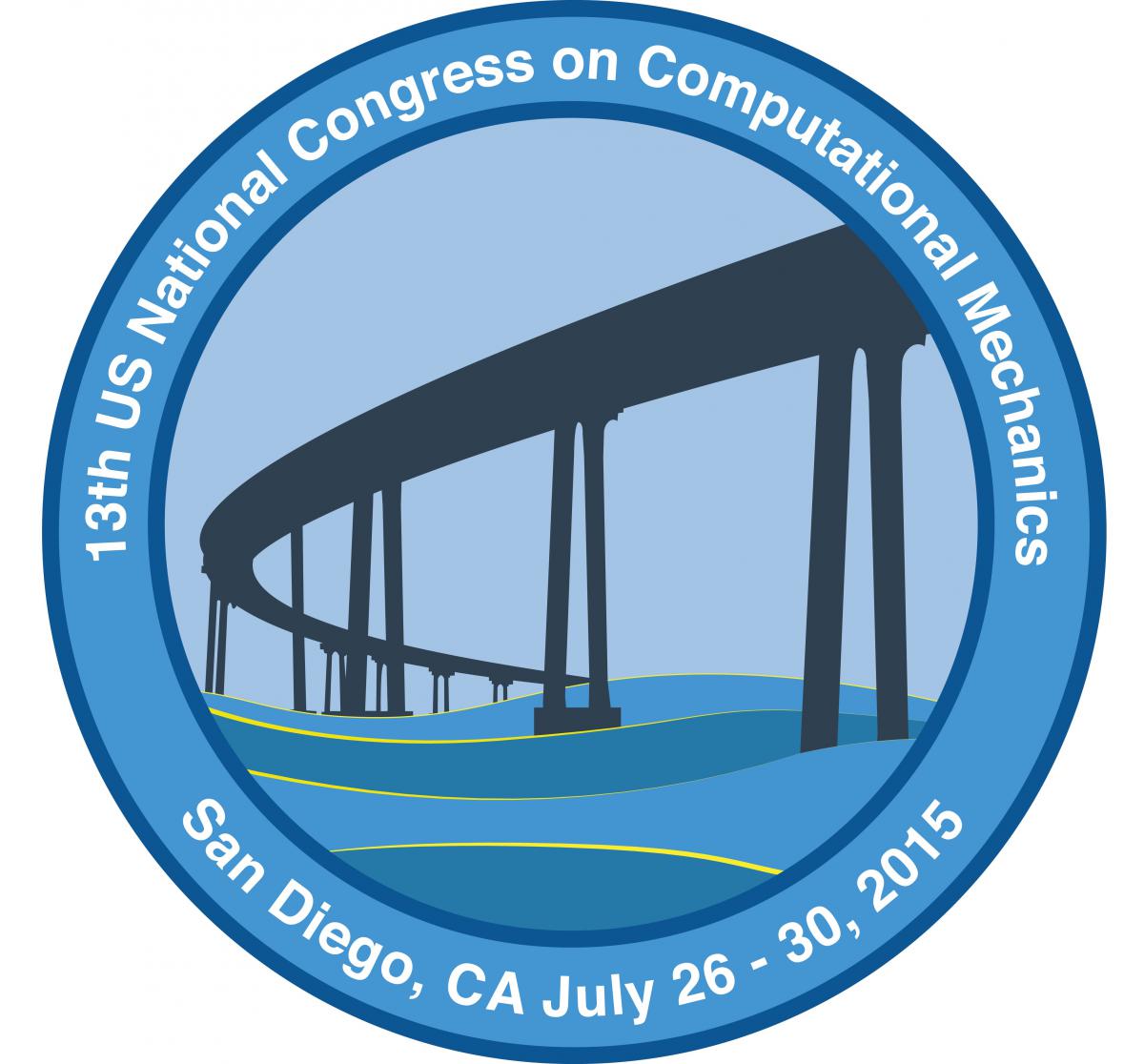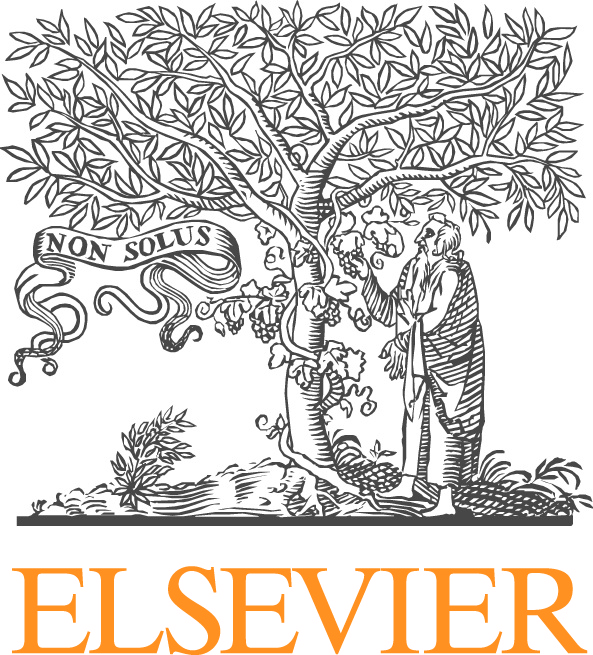Advanced Finite Elements for Complex-Geometry Computations: Tetrahedral Algorithms and Related Methods
Complex geometry is pervasive in practical engineering applications, and meshing typically represents a large portion of the overall design and analysis time/cost. In the computational community, the ability to perform calculations on tetrahedral meshes has always been regarded as very important, since the meshing time required with tetrahedral elements is usually at least an order of magnitude smaller than for hexahedral or other types of finite elements. The fundamental reason is related to the fact that tetrahedral grids can be efficiently generated in complex geometry using fully automatic procedures, while this is not the case for other types of finite elements (such as hexahedral elements). For these reasons, tetrahedral elements have recently received increasing attention in complex-geometry application areas of cardiovascular, biomedical, automotive, and aerospace engineering. Tetrahedral element technology in fluid and solid mechanics has however suffered from stability issues, such as locking, pressure checkerboard instabilities, etc. In a number of recent advances, new methods have been proposed to overcome these difficulties: This mini-symposium is aimed at presenting modern formulations for tetrahedral finite element computations, and spurring a discussion about future directions of research in this area.





